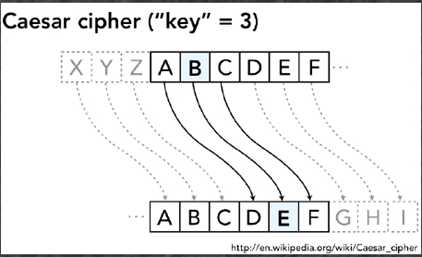标签:整理 toc next upper comm 动手 counter 学习 rar
1.请运行下列代码,查看结果,如何解释,总结出什么
public class StringPool {
public static void main(String args[])
{
String s0="Hello";
String s1="Hello";
String s2="He"+"llo";
System.out.println(s0==s1);//true
System.out.println(s0==s2);//true
System.out.println(new String("Hello")==new String("Hello"));//false
/*对象不一样,申请了两个,开辟了两个空间地址*/
}
}
结果:
true
true
false
总结:
在Java中,内容相同的字串常量(“Hello”)只保存一份以节约内存,所以s0,s1,s2实际上引用的是同一个对象。
编译器在编译s2一句时,会去掉“+”号,直接把两个字串连接起来得一个字串(“Hello”)。这种优化工作由Java编译器自动完成。
当直接使用new关键字创建字符串对象时,虽然值一致(都是“Hello”),但仍然是两个独立的对象。
2.
为什么会有上述的输出结果?从中你又能总结出什么?
结果:
true
false
false
true
总结:
给字串变量赋值意味着:两个变量(s1,s2)现在引用同一个字符串对象“a”!
String对象的内容是只读的,使用“+”修改s1变量的值,实际上是得到了一个新的字符串对象,其内容为“ab”,它与原先s1所引用的对象”a”无关,所以,s1==s2返回false;
代码中的“ab”字符串是一个常量,它所引用的字符串与s1所引用的“ab”对象无关。
String.equals()方法可以比较两个字符串的内容
3.请查看String.equals()方法的实现代码,注意学习其实现方法。(发表到博客作业上)
public class StringEquals {
/**
* @param args the command line arguments
*/
public static void main(String[] args) {
String s1=new String("Hello");
String s2=new String("Hello");
System.out.println(s1==s2);
System.out.println(s1.equals(s2));
String s3="Hello";
String s4="Hello";
System.out.println(s3==s4);
System.out.println(s3.equals(s4));
}
}
结果:
true
true
true
4.
String类的方法可以连续调用:
String str="abc";
String result=str.trim().toUpperCase().concat("defg");
请阅读JDK中String类上述方法的源码,模仿其编程方式,编写一个MyCounter类,它的方法也支持上述的“级联”调用特性,其调用示例为:
MyCounter counter1=new MyCounter(1);
MyCounter counter2=counter1.increase(100).decrease(2).increase(3);
5.古罗马皇帝凯撒在打仗时曾经使用过以下方法加密军事情报:

请编写一个程序,使用上述算法加密或解密用户输入的英文字串要求设计思想、程序流程图、源代码、结果截图。
设计思想:
先将用户输入的英文字串通过String类里的toCharArray()方法
转换为字符数组,然后依次将数组里的元素都加上3(是ASCII在进行计算),作为密文。需要做进一步
处理的是,最后三个字母X、Y、Z加上3之后,应该再减去26才能对应上密文A、B、C。当然,对于小写字母x、y、z同理。
程序流程图:



源代码:
//字符加密
//ZhaoHan 2016.20.25
import java.util.Scanner;
public class JiaMi {
public static void main( String args[] ){
System.out.println("请输入字符:");
Scanner buf=new Scanner(System.in);
String string =buf.nextLine();
int n=string.length();
char c[]=string.toCharArray();
for(int i=0;i<n;i++)
{
c[i]=(char)(c[i]+3);
if((c[i]>90&&c[i]<97)||c[i]>122)
{c[i]=(char)(c[i]-26);}
}
String result="密文:\n";
for(int i=0;i<n;i++)
{result+=c[i];}
System.out.println(result);
}
}
截图:
请输入字符:
AxYzSSS
密文:
DaBcVVV
6.课后作业之字串加密、动手动脑之String.equals()方法、整理String类的Length()、charAt()、 getChars()、replace()、 toUpperCase()、 toLowerCase()、trim()、toCharArray()使用说明、阅读笔记发表到博客园
标签:整理 toc next upper comm 动手 counter 学习 rar
原文地址:http://www.cnblogs.com/ZHAOHAN666/p/6002285.html